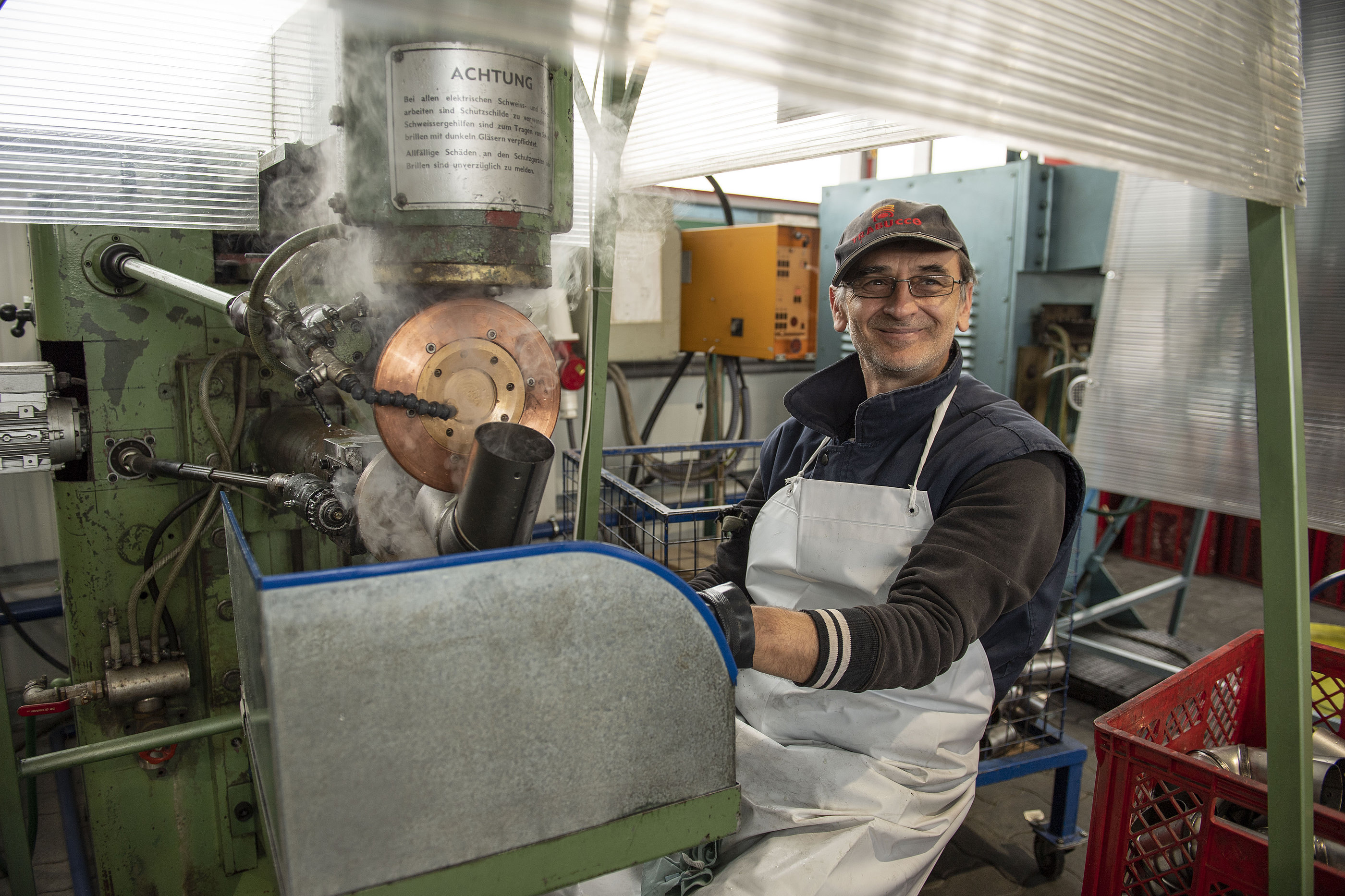At the end of last year, the Green for Growth Fund (GGF) launched a major new initiative to provide green finance in local currency for the markets where it operates. To understand why this is valuable and how this helps the funds partners and final beneficiaries, it is important to understand how systems of currency can affect local businesses and households.
Understanding Exchange Rate Volatility
In smaller markets where lending in foreign currency is common, businesses and households typically face a trade-off between upfront borrowing costs and exposure to exchange rate risk. Global economic uncertainty and heightened exchange rate volatility in these markets makes economies sticky, slowing down lending from the biggest bank to the smallest household both in foreign and in local currency, as neither party feels comfortable with the risks involved, particularly for hard hit sectors.
Often, businesses and households unfavourably compare the published borrowing rates for foreign currencies – which are typically lower – with their local currency and believe it would be cheaper to borrow in Dollars or Euros. For example, the average interest rate in Georgia for household/private loans in local currency can be as high as 17%, in comparison to roughly 6% in foreign currency. This decision can leave them vulnerable to economic shocks and local currency depreciation that can wipe out any benefits from a lower interest rate and lead to challenges in repaying a loan.
Exposure to foreign exchange risk is not spread evenly throughout borrowers. Larger clients such as corporates or exporters might have foreign currency denominated income or can find other ways to balance or hedge their risk, while smaller firms and households, operating in local currency, are left more exposed.
The GGF’s new initiative offers partner banks and lending institutions access to local currency finance without the risk associated with foreign currency borrowing. This gives them the confidence to lend domestically without the risk of currency fluctuations while simultaneously investing in a greener and more sustainable future. This is particularly important for those parts of the economy that would otherwise be impacted by currency considerations.
GGF’s New Funding Mechanism
The GGF lending agreements to partner institutions can span several years, and loan periods to their end-clients can be even longer, so predicting currency exchanges on such a timescale is fraught with uncertainty. Therefore, the GGF has created a new funding mechanism, known as “L-shares,” which removes exposure to exchange-rate risks for partner banks, spurring green finance, to help businesses and households mitigate and adapt to climate change faster. Moreover, boosting affordability will be crucial as economies recover at different rates from the pandemic while still needing to make ambitious progress towards climate goals.


